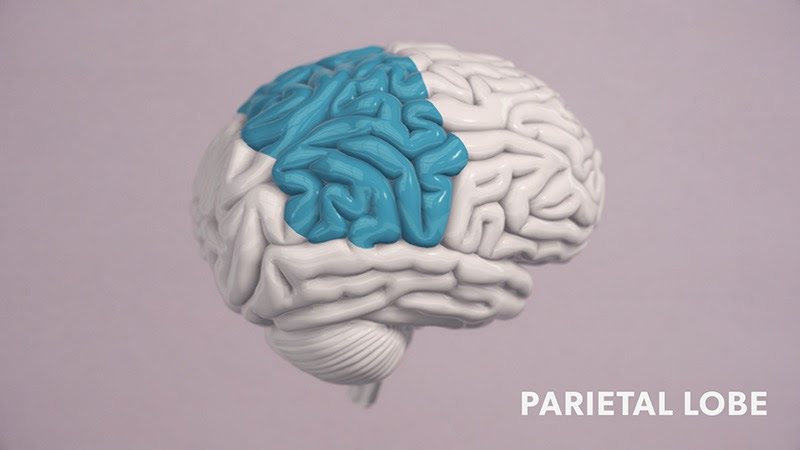Today, we’ll dive into what makes certain memories stick better than others.
Dr. Wendy Suzuki is one of the world’s foremost brain experts, specializing in how we create and retain long-term memories. But when her own father began showing signs of dementia, she developed an entirely new and deeper appreciation of the brain’s power when facing age-related memory decline.
Growing up, Wendy’s family never expressed their love out loud. But one day as an adult, Wendy decided she wanted to change that. During one of her weekly phone calls to her parents, Wendy asked if they could begin saying “I love you.” Her parents liked the idea and decided to give it a try. The next week, Wendy feared her father would forget this new tradition due to his dementia, but he actually said “I love you” to Wendy first.
This is more than just a beautiful interaction between father and daughter. As Wendy says, “It actually illustrates something really important about memory and how it works. When we have an experience that creates a deep emotional reaction, like saying I love you for the first time, we say the experience createsemotional resonance. And when that happens, it’s more likely to stick in our minds. Emotion triggers our amygdala to tell our brains this is important.Keep it. Use it.”
Other factors are also known to help make memories sticky for us, like novelty.When something happens that is simply outside the norm, it has a tendency to stay with us.
Most of us build routines into our days—perhaps we take the same route to work every day. Or we stop at the same coffee shop every morning and order the same latte from the same barista. It may be hard to distinguish one day from any other until the one time we get to the register and realize the person in front of us paid for our coffee as a random act of kindness. Boom—memory formed and kept. That’s the power of novelty.
Repetition can be another powerful memory booster. The more we bring a memory back to mind, the stronger it can become. Repetition engages the neural networks related to our attention system, and we remember what we pay attention to.
Association is another key factor in memory formation and retention. If something we experience can be linked to a group of related or associated items already in our memory—especially if those are things we really value—then it can be easier for us to store them as lasting memories.
So, while there is no magic pill that will help you recall in vivid detail everything your mind takes in, emotional resonance, novelty, repetition, and association are four keys that help make a memory stick.
Tomorrow, we’ll learn more about the signs and effects of memory decline.





















